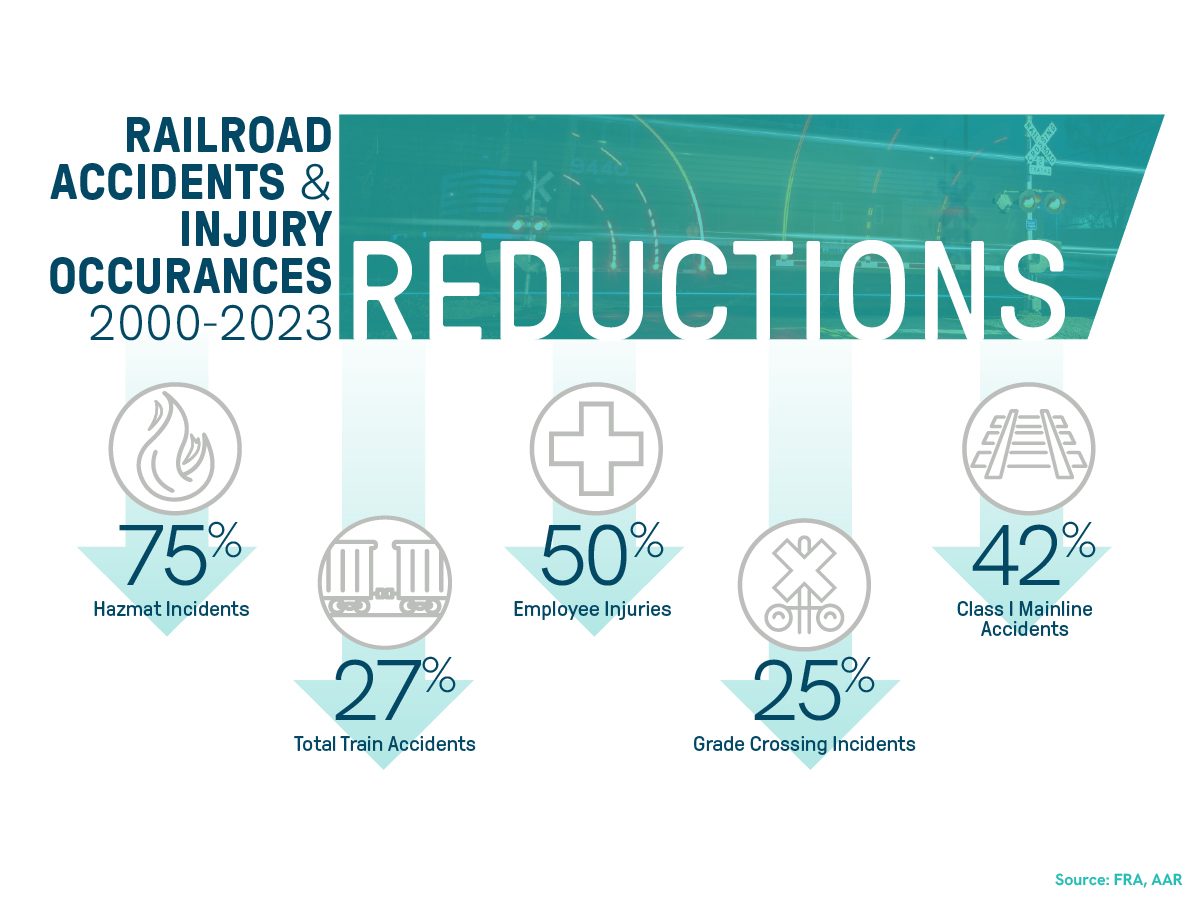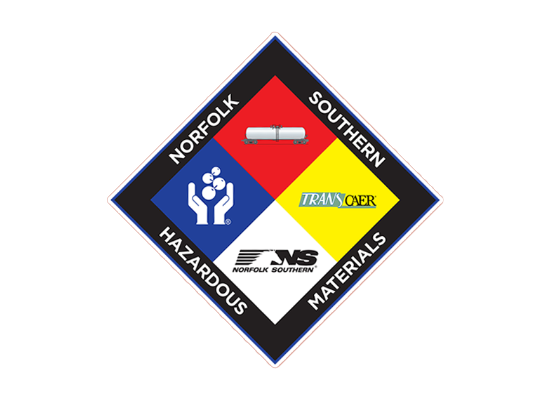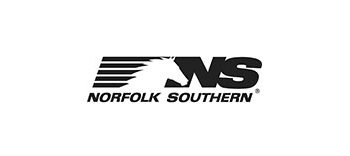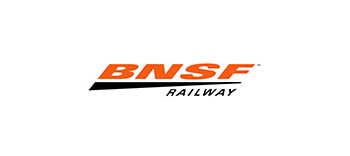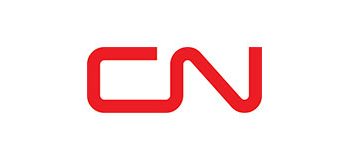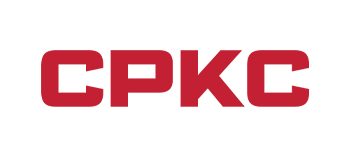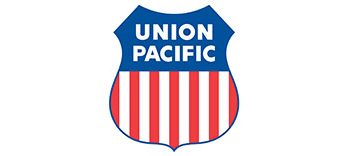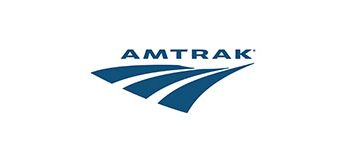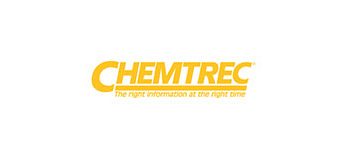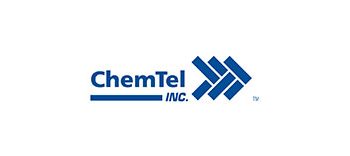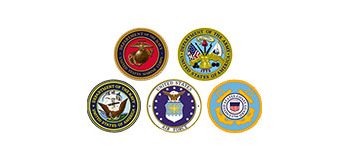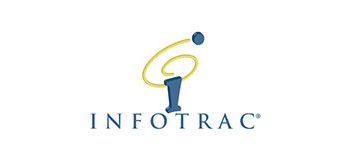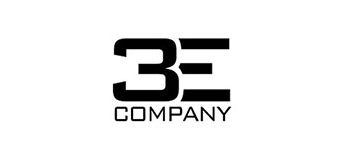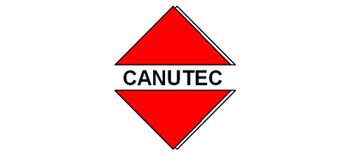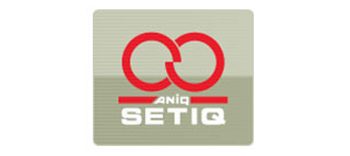- Main Number
(855) 667-3655 - Emergencies
(800) 453-2530 - Crossing gates, signals & rough crossings
(800) 453-2530 - Environmental Spills
(800) 453-2530

NS HAZMAT & SAFETY
HAZARDOUS MATERIALS NS MOVES
The hazmat shipments NS moves are vital to our daily lives.
Here are some of the ways we use them every day.
HAZARDOUS MATERIALS SAFETY
In partnership with federal regulatory agencies, Norfolk Southern and the rail industry have taken extensive measures to ensure the safe transport of crude and to help communities prepare and respond to potential incidents. Through voluntary industry agreements or federal directive, following are some of the actions Norfolk Southern has taken.
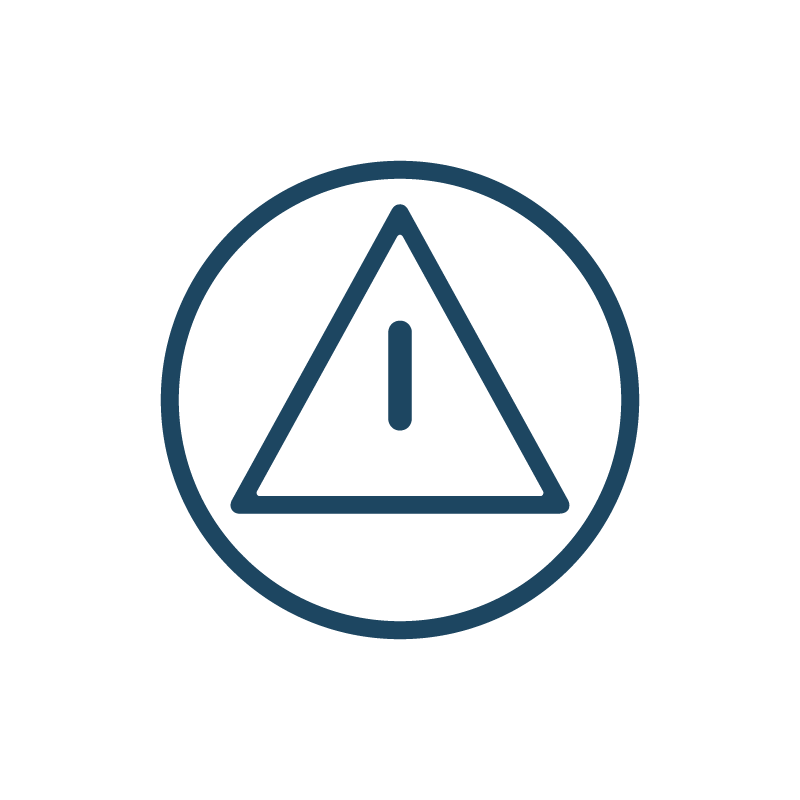
RISK ANALYSIS
NS peforms route risk analysis on trains carrying:
- More than 2,268 kg (5,000 lbs) in a single carload of a divisoin 1.1, 1.2, or 1.3 explosive
- A quantity of a material poisonous by inhalation in a single bulk packaging
- A highway route-controlled quantity of a class 7 (radioactive) material
- A high-hazard flammable train (HHFT)***
- A continuous block of 20 or more tank cars loaded with a flammable liquid.
- 35 or more tank cars throughout the train loaded with a flammable liquid or flammable gas
These assessments deploy an analytical tool developed by the industry and the federal government that uses 27 risk factors, including population density along a route, local emergency response capability, track quality, and signal systems. Based on results of these analyses, Norfolk Southern has diverted a number of these key crude trains to avoid certain metropolitan areas.

NORFOLK SOUTHERN & RAPIDSOS PARTNERSHIP
RapidSOS and Norfolk Southern’s solution, which is free to public safety agencies across the U.S., provides first responders quick and easy access to cargo and hazardous material information, enables mutual aid requests, and provides ongoing training. The feature builds on similar programs available in the industry and evolves communication in a way that better integrates first responders, the way they work and how they communicate. https://rapidsos.com/our-latest/norfolk-southen-new-solution-makes-train-incident-response-safer/

SPEED REDUCTION
Reduced the maximum speed of key crude trains to 40 mph from 50 mph in places designated by Homeland Security officials as High Threat Urban Areas. In April 2015, the railroad reduced the maximum speed for all trains with 20 or more carloads of any flammable liquids, including crude oil or ethanol, to 40 mph in High Threat Urban Areas. The company routinely conducts operating rules checks to ensure continued compliance with this speed.
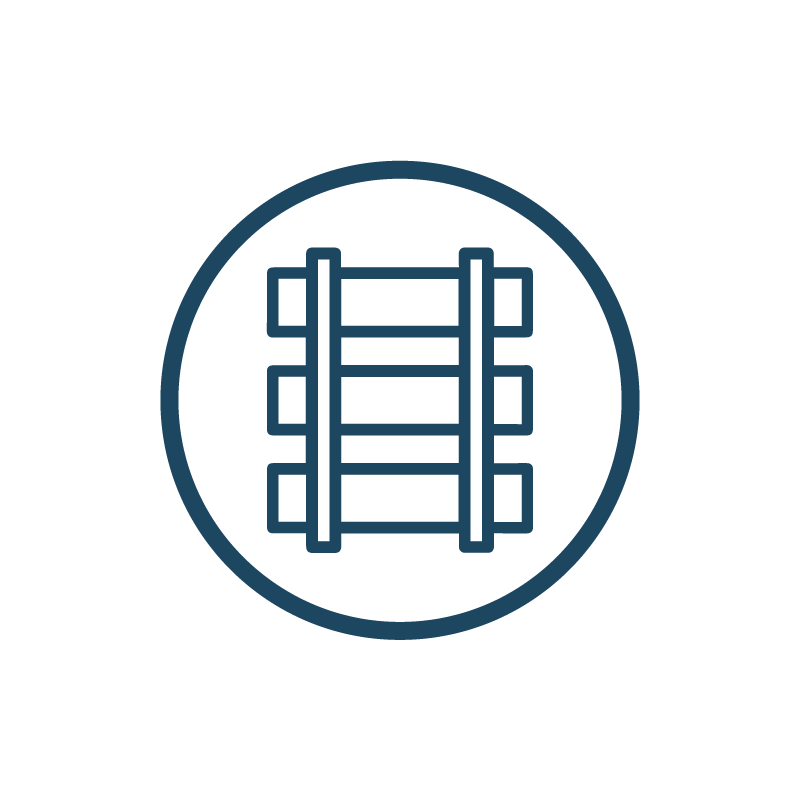
TRACK INSPECTIONS
Made at least one additional internal rail inspection above what is required by federal rules on main lines where key crude trains operate. In addition, the company conducts at least two inspections using a track geometry train to identify potential track safety issues.

WAYSIDE DEFECT DETECTORS
Added rail car wheel bearing detectors to existing detectors that alert employees to potentially defective car wheels and help prevent derailments.

ADVANCED BREAKING METHODS
Agreed to equip all key crude trains with either distributed locomotive power or two-way telemetry end-of-train devices. Distributing locomotives throughout the train improves braking times, and the two-way devices enable train crews to apply emergency brakes from both ends of the train to stop faster.

PREPAREDNESS RESOURCES
Worked with the Association of American Railroads as the industry developed a shared inventory of emergency response resources that could be deployed if an incident occurred on a key crude train route. The inventory includes availability of things such as fire-fighting equipment and contractors that could respond to oil spills. In addition, the company purchased seven additional fire-fighting foam trailers and strategically placed them along crude routes.

TRAINING INVESTMENT
Invested in enhancements to crude-by-rail training at the industry’s Security and Emergency Response Training Center in Colorado and provided tuition and travel expenses as part of ongoing efforts to help train first responders across our system.
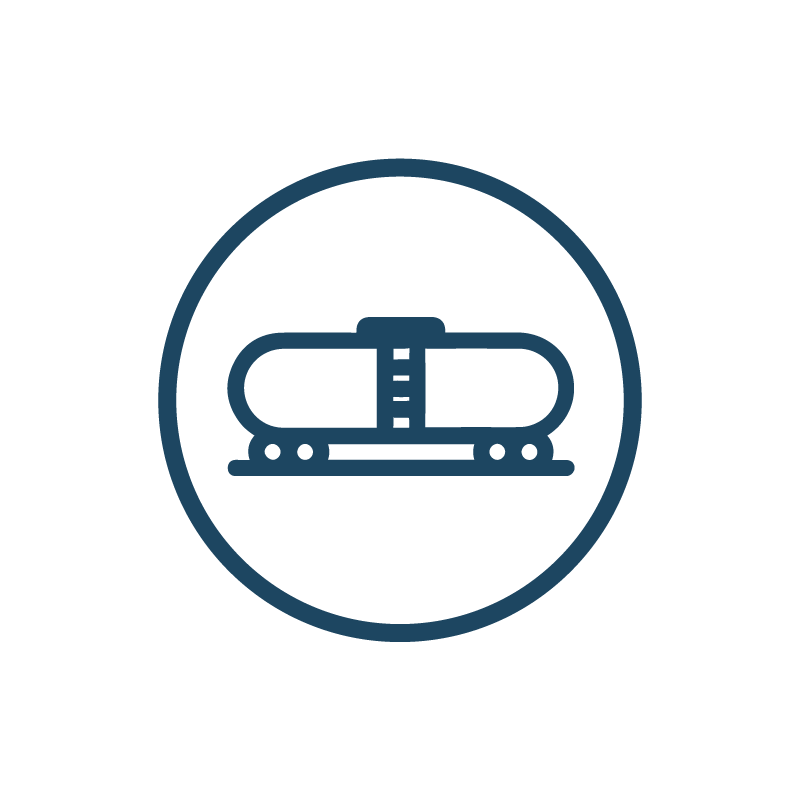
TANK CARS
Continued to advocate for more robust tank car standards for flammable liquid commodities, including petroleum crude oil, with standards incorporating thicker tank shells, thermal protection, and better relief valves, among other specifications.
ADDITIONAL RESOURCES
- USEFUL APPS
- MANUALS & DOCUMENTS
- ADDITIONAL CONTACTS
AskRail
The AskRail app is a collaborative effort among the emergency response community and all North American Class I railroads. The app provides first responders with immediate access to accurate, timely data about what type of hazardous materials a railcar is carrying so they can make an informed decision about how to respond to a rail emergency.
Download and register for AskRail now so you are prepared to respond to a rail incident in your area.
Electric Vehicle Rescue App
Pre-Plan for the next EV Incident using North America's largest database of Emergency Response Guides for Alternative Fuel Vehicles. It's not a matter of if, but when.
Firefighters can efficiently strategize their approach to cooling electric vehicle fires and executing rescue operations, ensuring both responder safety and effective incident management for electric vehicles.
Police departments can utilize the EV Rescue app to swiftly ascertain critical safety protocols and disable procedures for electric vehicles during traffic incidents, enhancing roadside safety and response effectiveness.
FRA Railroad Crossing Locator
The Crossing Locator was developed by the Federal Railroad Administration to provide users with access to the highway-rail grade crossing database and map features from a mobile device. The tool allows users to locate crossings by USDOT Crossing ID, address or geo-location; access inventory records submitted by states and railroads; and view accident history. Users can also select from multiple base map features and identify railroad crossings by special characteristics.
The information accessed in the mobile application is derived from the Safety Data website using information submitted by States and Railroads. While this is an effective tool, please use the ENS information and contact number during an emergency situation. The Crossing Locator App is currently available for Apple and Android Devices.
NIOSH Pocket Guide App
The NIOSH Pocket Guide to Chemical Hazards Native Application (mNPG) is a useful resource for workers, employers, and occupational safety and health professionals. The mNPG is a database of workplace chemical information including exposure limits, chemical/physical properties, personal protective equipment, respirators, and first aid. The mNPG is customizable and easy to use.
The mNPG Features:
- Search by chemical name, trade name or synonym, DOT number and CAS number
- Save chemical records as favorites for later use
- Customize how you view chemical data
- Review chemical records for physical properties, health hazards, first aid, respirator and personal protective equipment recommendations and regulatory information
Emergency Response Guidebook
The U.S. Department of Transportation’s Pipeline and Hazardous Materials Safety Administration (PHMSA) has released a free, mobile app of its Emergency Response Guidebook 2024 (ERG). The ERG 2024 Mobile App was developed in partnership with the National Library of Medicine. The mobile ERG will make it easier for the nation’s emergency first responders to quickly locate the information they need to manage hazardous material transportation incidents. The updated 2024 version of the ERG includes new Initial Isolation and Protective Action Distance tables for large toxic gas spills and standard response procedures for gas and liquid pipeline incidents
NFPA HazMat FLIC
NFPA’s HAZMAT FLIC app provides the on-scene incident commander with pertinent guidance materials for managing emergency responses for high hazard flammable train and liquid petroleum pipeline emergencies.
Features:
- Two Fire Protection Research Foundation reports: (1) “Liquid Petroleum Pipeline Emergencies (LPPE) On-Scene Incident Commander Field Guide”; and (2) “High Hazard Flammable Trains (HHFT) On-Scene Incident Commander Field Guide”
Each guide provides the incident commander with tactical guidance and information for managing an emergency, including the application and use of risk-based response methodology.
- A multi-tiered size-up checklist that includes steps for incident management, problem identification, hazard assessment/risk evaluation, PPE selection, logistics resource management, post-emergency response operations, and spill control and fire control operations
- A collection of additional resources that includes links to incident reports, emergency numbers for rail lines, and links for additional train-specific and pipeline-specific information
U.S. Coast Guard MIMH
The United States Coast Guard (USCG) Incident Management Handbook Mobile App (MIMH) is an electronic enhancement to the paper or electronic versions of the USCG Incident Management Handbook (IMH).
The USCG MIMH is an interactive job aid and quick reference resource for Coast Guard and other first responders for use during incident response operations. This application (App) has been designed for use in locations outside of cellular and internet coverage, thus it does not require connectivity to use the majority of its features. This App is not designed to replace the paper version USCG IMH.
DOT Chart 17
PHMSA’s DOT Chart 17 displays the markings, labeling and placarding (in full-color) required by the Hazardous Materials Regulations, Title 49, Code of Federal Regulations.
Note that this application is intended for general guidance only and should not be used to determine compliance with 49 CFR, Parts 100-185.
CAMEO Chemicals
CAMEO Chemicals is a database of hazardous chemical datasheets that emergency responders and planners can use to get response recommendations and predict hazards (such as explosions or toxic fumes). This app runs offline.
Dupont Safespec
Now available on mobile devices and tablets, you can make informed decisions on your chemical protective apparel choices from anywhere. DuPont™ SafeSPEC™ Mobile features exclusive dynamic interactive tools, product images, technical data, product features and benefits – all on your mobile device, so you’ll have instant access wherever you are.
Kappler HazMatch
HazMatch® is an easy-to-use protective apparel selection tool from Kappler that allows a user to choose an appropriate safety garment based on a specific chemical hazard and the exposure scenario. HazMatch also allows a user to save search results to document a Hazard Assessment procedure, which satisfies OSHA requirements for this important procedure.
NS Railroad Emergency Response Planning Guide
The Norfolk Southern Emergency Response Planning Guide has been developed by Norfolk Southern Railway Company (Norfolk Southern) to assist local emergency response organizations in their efforts to plan for and respond to railway related incidents or emergencies. It is also designed to be utilized as a reference resource, and hand-out to supplement training programs presented by Norfolk Southern to the emergency response community.
Because this Guide is designed to augment the local response plan(s), it is purposely brief to cover only the key information that would be needed by planners and response organizations if an incident involving Norfolk Southern should occur. The Guide is subdivided into four main sections, addressing Prevention, Preparedness, Response, and Recognition & Identification. Appendices are included which contain other pertinent railroad information.
NS HazMat Traffic Request Form
Data on the common types of hazardous materials being transported through local communities are useful for local emergency planners in developing effective and realistic emergency response plans. To request information specific to your jurisdiction send an email request to NS at HMTraffic@nscorp.com. The request must include a written request on official department letterhead and the completed NS HazMat Traffic Form Request.
AAR Field Guide To Tank Cars
Field Guide to Tank Cars is intended to be used by emergency responders and others involved with railroad tank cars. It provides information on the types, safety systems, stenciling, and markings of tank cars utilized to transport regulated (hazardous materials/dangerous goods) and non-regulated commodities.
PHMSA - Commodity Preparedness and Incident Management Reference Sheet – Petroleum Crude Oil
Developed in conjunction with experts from the hazmat emergency response community, railroads and industry, this document provides emergency response organizations with a standard incident management framework based on pre-incident planning and preparedness principles and best practices. The reference sheet covers transportation safety and precautions, hazard assessment and risk, rail safety procedures, logistics, and the tools, equipment and resources necessary to prepare for and respond to crude oil rail transportation incidents.
PHMSA - Lessons Learned Report on Crude Oil by Rail Emergency Response
In May 2014, in conjunction with the Virginia Department of Fire Programs, PHMSA hosted a “Lessons Learned” Roundtable forum that consisted of a panel of fire chiefs and emergency management officials from some of the jurisdictions that experienced a crude oil or ethanol rail transportation incident. The purpose of this forum was to share firsthand knowledge about their experiences responding to and managing these significant rail incidents.
NFPA / Fire Protection Research Foundation – High Hazard Flammable Trains (HHFT) On-Scene Incident Commander Field Guide
This Guide (July 2016) provides tactical guidance and information for the On-Scene Incident Commander responsible for the management of bulk flammable liquid emergencies involving High Hazard Flammable Trains (HHFT), with a focus upon petroleum crude oil and ethanol. The application and use of a risk-based response (RBR) methodology for both planning and response purposes are critical success factors in the successful management of a HHFT incident.
Chronology of DOT Actions on Safe Transportation of Flammable Liquids By Rail
PHMSA and FRA are committed to immediate and long-term solutions to prevent derailments involving flammable liquids and, in the event of a derailment, the consequences such an incident could have on individuals and communities. The PHMSA/FRA action plan includes unannounced spot inspections, sampling, and monitoring the movement and classification of crude oil within and out of oil fields throughout the U.S. In addition, we are engaging all stakeholders involved in shipping crude oil and other flammable liquids by rail to find common solutions to operational issues.
Tank Car Damage Assessment Best Practices
RAILROAD EMERGENCY NUMBERS
US CONTACT EMERGENCY NUMBERS
US CONTACT EMERGENCY NUMBERS
